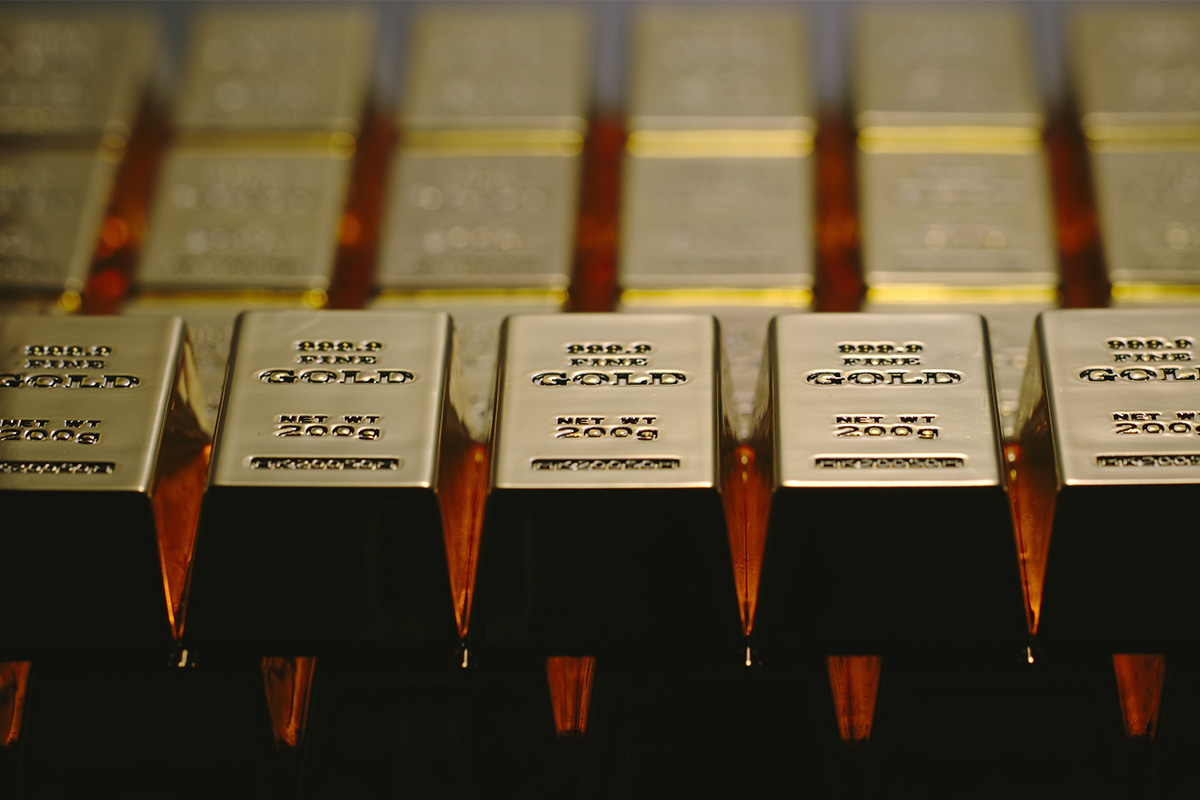The Top 10 World’s Largest Gold Reserves

For centuries now, nations around the world have relied on gold to help spur their local economies, stabilize their currency and promote growth. Most have also based their currencies on the highly valued precious metal.
Many countries’ central banks stockpile gold to store physical assets of great value while guaranteeing other countries of payment of products/services. Here is a “top 10 list” of countries’ gold reserves, based on the tonnage of their holdings.
United States of America
8,133 Tonnes
With more than double the reserves of the next closest country on the list (not including China, which potentially has significantly more) the largest gold reserves in the world are in the U.S.A. More than half of this is stored at the famous Fort Knox (a.k.a. the United States Bullion Depository), which has been the country’s primary home for gold bullion since 1937.
Germany
3,358 Tonnes
The Bundesbank began accumulating gold in the early 1950s and for only $35 USD per ounce increased its reserves more than any other nation. Although much of its history saw its reserves held offshore to protect it from a Soviet threat, the bank successfully moved much of it to its secret vaults beneath Frankfurt.
Italy
2,452 Tonnes
The Bank of Italy has strict regulations regarding the selling of gold, requiring a change in the country’s institution. It began buying gold after World War Two and after a series of events over many decades, and continues to accumulate significant gold reserves.
France
2,436 Tonnes
The fourth-largest holder of gold continues to stockpile the lustrous, yellow precious metal. Although there are no gold mines in France, the Banque de France buys gold from around the world and stores it in a special underground vault 27 metres beneath the streets of Paris.
Russia
2,302 Tonnes
It’s more difficult than ever to buy Russian gold (due to U.S. sanctions), but with the falling rouble and further isolation from the developed world, expect Putin to dip into his gold stores to free up some cash.
China
1,948 Tonnes
This may seem like a large number of gold reserves, but it is likely much higher than what the world’s banks will tell you and what China’s banks will care to admit. As the world’s largest gold producer and more than half of the mining companies owned by the government, experts estimate that the number is actually over 30,000 tonnes.
Switzerland
1,040 Tonnes
These gold reserves of Swizterland are held by the Swiss National Bank (SNB), which secretively stores approximately 70% of its assets in the European country, with the remaining held in England and Canada.
Japan
846 Tonnes
After years of focusing on increasing its gold reserves, the Bank of Japan recently dipped into its gold savings to help offset costs associated with the COVID-19 pandemic.
India
760 Tonnes
India has many more tonnes of gold than in previous years as gold has performed very well against the world markets. India has low levels of gold mined every year and purchases all of its reserves from elsewhere.
Netherlands
612 Tonnes
Rounding out the top 10 is the Netherlands, which has approximately 2/3 of its reserves stored in foreign countries. The De Nederlandsche Bank is building a new storage facility in Zeist, which should be complete in 2023, to more securely and effectively store its gold reserves.
Bonus country: we can’t talk about gold reserves without talking about the largest gold mine reserves. Australia has extensive gold mines, which include an estimated 9,500 tonnes of gold just waiting to be removed from the ground. Australis is also the second-largest producer of gold, meaning that the gold potential in Australia makes it a key player in the gold markets today and many decades from now.



